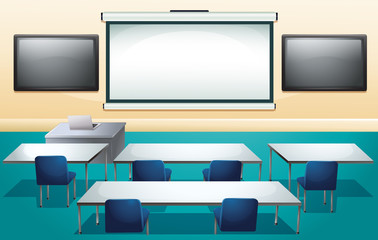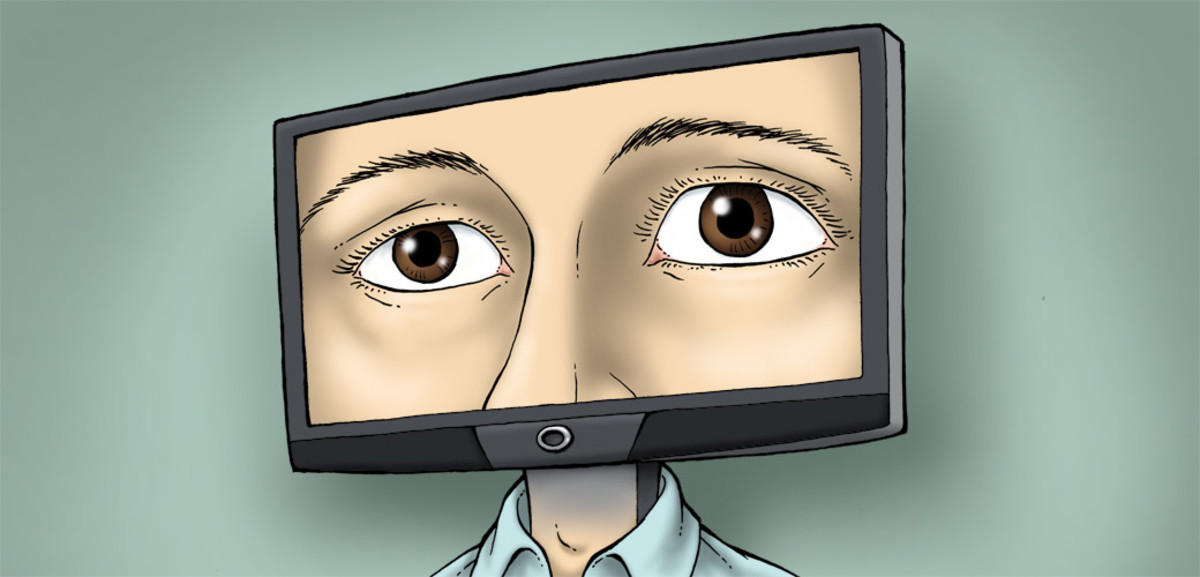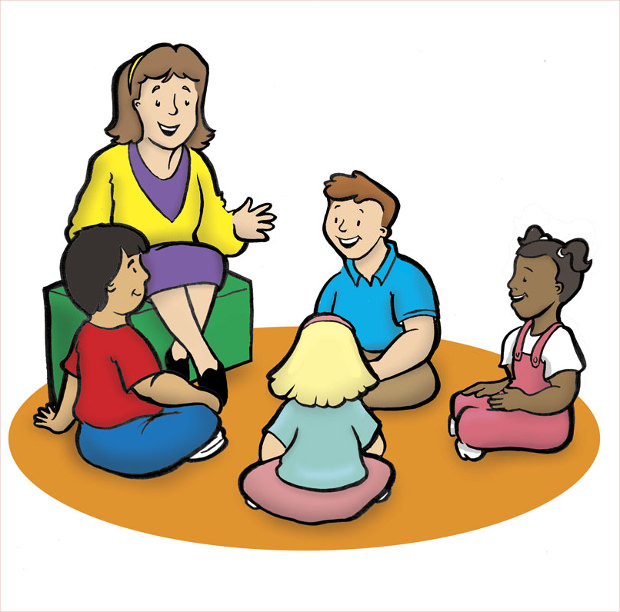
“Next to the home and school, I believe television to have a
more profound influence on the human race than any other medium of
communication.” – Edgar Dale
The Film, the Video and the TV are indeed very powerful.
Dale (1969) says, they can:
- Transmit a wide range of audio – visual materials, including still pictures, films, objects, specimen and drama.
- Bring models of excellence to the viewer.
- Bring the world of reality to the home and to the classroom through a “live” broadcast or as mediated through film or videotape.
- Make as see and hear ourselves world events as they happen.
- Be the most believable news source.
- Make some programs understandable and appealing to a wide variety f age and educational levels.
- Become a great equalizer of educational opportunity because programs can be presented over national and regional network.
- Provide us with sound and sights not easily available even the viewer of a real event though long shots, close up, zoom shots, magnification and split screen made possible by the camera.
- Can give opportunity to teachers to view themselves while they teach for purposes of self-improvement.
- Can be both instructive and enjoyable.

While the film, video and TV can do so much, they have
their own limitation.
- Television and film are one-way communication device. Consequently, they encourage passivity.
- The small screen size puts television at a disadvantage when compared with the possible size of projected motion pictures.
- Excessive TV viewing works against the development of child’s ability to visualize and to be creative and imaginative, skills that are needed in problem solving.
- There is much violence in TV.
Basic Procedure in the Use of TV as a Supplementary
Enrichment
1. Prepare the classroom


2. Pre-viewing Activities
a. Set goals and expectation.
a. Set goals and expectation.
b. Link the TV lesson with past
lesson and / or with your student’s experience for integration relevance.
c. Put the film in context.
d. Point out the key points they
need to focus on.


3. Viewing
a. Don’t interrupt viewing by
inserting cautious and announcements you forget to give during the previewing
stage.
b. Just make sure sights and sounds
are clear.

4. Post – Viewing

To make the feel ease begins by asking the following
questions:
- What do you like best in the film?
- What of the part film makes you wonder? Doubt?
- Does the film remind you of something or someone?
- What question are you asking about the film?
- The film, video, and TV are powerful instructional tools.
- When they are used appropriately and moderately, they can make the teaching-learning process more concrete, lively, colorful and interactive.
- Misuse and abuse of their use in the classroom and even at home has far reaching damaging effects in the development of children’s imaginative and thinking powers and sensitivity to human life.
The Effects of TV
- We agree that the TV can give a more accurate, more lively and more colorful presentation of a difficult topic in physics for instance when the one who teaches the topic is inexperienced and can only make use of still pictures in black and white as visual aid.
- We are aware of the numerous educational benefits of the use of the TV.
- The effect of TV depends on how it is used.
- When used in excess, it can also impair the development of children’s ability to visualize, to be creative and imaginative. Worse, is when children gets exposed to violence in TV.
“The Media violence effect on aggression is bigger than the
effect of exposure to lead on IQ scores in the children, the effect of calcium
intake on bone mass, the effect of homework 0on academic achievement, or the
effect of asbestos exposure on cancer… high exposure to media violence is a
major contributing cause of the high rate of violence in modern US Society.”
Let us use the TV appropriately and moderately so that we
can take advantage of its advantage and mitigate its disadvantages.
Using Video in the Classroom
Does video have a place in the classroom?
According to a 1992 study conducted by Synergy
Broadcast Systems, “Video in the classroom is an important tool used to support
the four key components of learning.”
Four Key Components
- Active Engagement

- Participation in Groups
- Frequent Interaction and Feedback
- Connection to Real-World Experts
Why Use Video in the Classroom?
- We remember 70% to 90% of what we see, hear and do.
- Using video, creating content and producing an end result that will allow students to do all three.
Technology has changed
- Due to changes in technology, video tools are more accessible than ever before.
- Students will be using technology throughout the course of their scholastic career. The sooner they have access, the better.

Ways video helps assist classroom assignments:
- Supports differentiation.
- Stimulates classroom discussion.
- Reinforces readings.
- Provides creative output.
- Allows students to interact with classrooms throughout the world.
Recommended Video Tools and Resources
- iMovie
- Sony Vegas
- Animoto

- Gizmoz
- YouTube
- Jing

Advantages
- Video can be utilized to illustrate how something works.
- Video provides information in detail that text and graphic cannot.
- Video can grab student’s attention.
- Video can show real life examples.
- Video stimulates discussions.
- Video can appeal to the learning styles of visual learners.
- Video could enhance problem-based learning.
Using Film in the Classroom
At Film Education, we believe that films is a power tool
that can help learners understand and access that world and other worlds.
- Real and imagined
- Parts of our remit is to in courage young people to learn by viewing and to be critical consumers of what they see as an ability and analyze film is an empowering skill and one that is increasingly important for young people.
- Film Education’s website and materials offer teacher a wealth resource for incorporating film into the elementary school to high school.
- Let face it, using film – whether watching them or actually making them – is often a heat motivator for students of all ages.
- There are teacher all over the world who are including youtube or film clip in their lesson.

Three (3) tips for using Film in the Classroom
- You tube is your friend, but Clean tube is better.
- Keep it short and upbeat, generally there’s a law of diminishing returns regarding the length of film.
- Use it at the start or the end of the lesson.
Three (3) tips for Making Films in Class
- Teaching students how to make film.
- Build in play time let students muck around with the different titles and effect.
- Sometimes, it’s not about quality it’s all about the story.
How can Film help you Teach English
- Learning from films is motivating and enjoyable.
- Film provides authentic and varied language.
- Film gives a visual context.
- Variety and flexibility.
- Exposes the student to spoken language.
- Useful in teaching vocabulary.
- It contextualizes language through the flow of images, making it more accessible.
- Film also offers an enlargement of our knowledge of the world and the cultures that it contains.
How to use Films in Teaching
- Find something you like.
- Choose something you can understand 70-90% (without substitutes or other help)
- Don’t use subtitles in your own language.
- Watch several times.
- Start with English subtitles, then watch again without subtitles.
- You don’t have to spend a lot of time ten minutes a day is better than nothing.
Walang komento:
Mag-post ng isang Komento